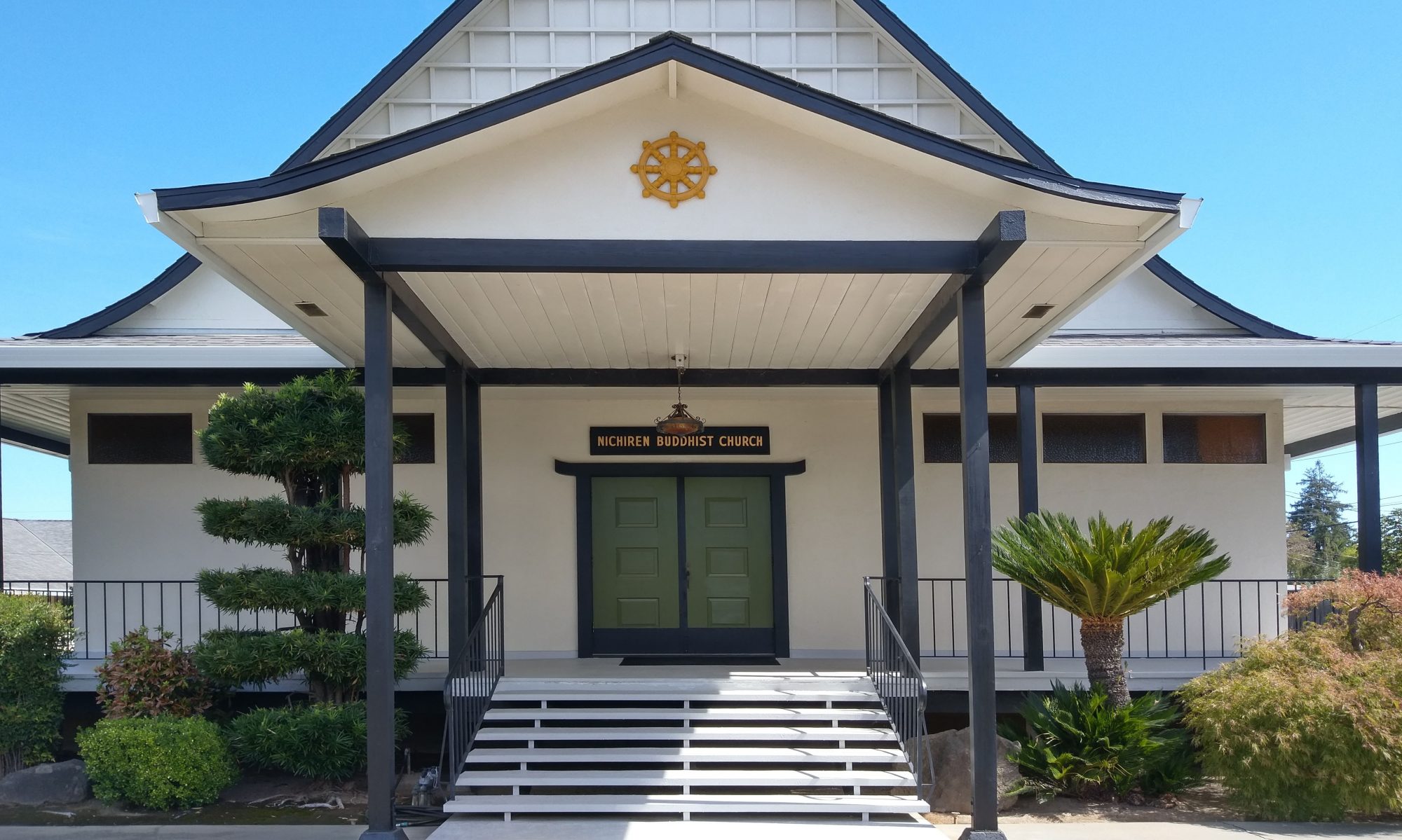In Buddhism, it is said that as human beings we are born into this Saha world, or world of suffering. But becoming a minister in this suffering world involves being prepared to undergo a lot more hardships and struggles that others may not face.
I would like to briefly talk about our Buddhist attire. We must treat our koromo and hakama that we wear as items that we received from the Buddha. When I was just a shami all those years ago, one of my daily duties was to fold my master’s kesa, koromo and hakama. I recall one day, my master decided to watch me fold his Buddhist attire. I had been standing on my knees while folding his koromo and my knees had briefly touched the edge of it. My master immediately became very angry with me and told me that I should never be stepping on or even touching his koromo with my knees. Despite the fact that it was winter, for the next month, my master forbade me from wearing my koromo, and would only let me wear my thin hakui. Needless to say, that experience taught me the importance of my koromo.
When I underwent my 100 days of aragyo training, which as you may know also occurs annually during the winter, I was also only allowed to wear my hakui and koromo. All of you may think that it is just a thin hakui. But this hakui was vital in saving me from the cold winter weather. Every time I finished my 100 days of aragyo training, I appreciated my hakui a lot more. It is this hakui and koromo that I received from the Buddha that helped me complete my aragyo trainings.
Also, when you look a kesa closely, you can see that looks like a patchwork quilt, like small pieces of cloth sewn together. The reason for this lies in the origin of the kesa. It is said that the first kesa was made by a minister who combined the small pieces of cloth that he received as a donation and token of appreciation from various lay members. This donation in Japanese is called “fuse.” Interestingly, the kanji character for “fuse” is written as “donating or giving cloth.” As ministers, we receive this fuse for saving others through propagating Buddhism. Once again, similar to the hakui and koromo, we must treat our kesa as an item that we received from the Buddha as a token of appreciation for saving others through spreading the teachings of the Buddha.
As ministers, we undergo various forms of training and learn through various measures. One of these includes learning through reading books and other forms of literature. However, there is so much that we cannot learn from just reading. It is undoubtedly essential to learn through reading; however, it is through our own experiences and realizations that we further progress as ministers.
Lastly, I would like to express my deepest gratitude to everybody who celebrated my 30-year anniversary. I really appreciated it, thank you.
Ven. Kenjo Igarashi
September/October 2019
